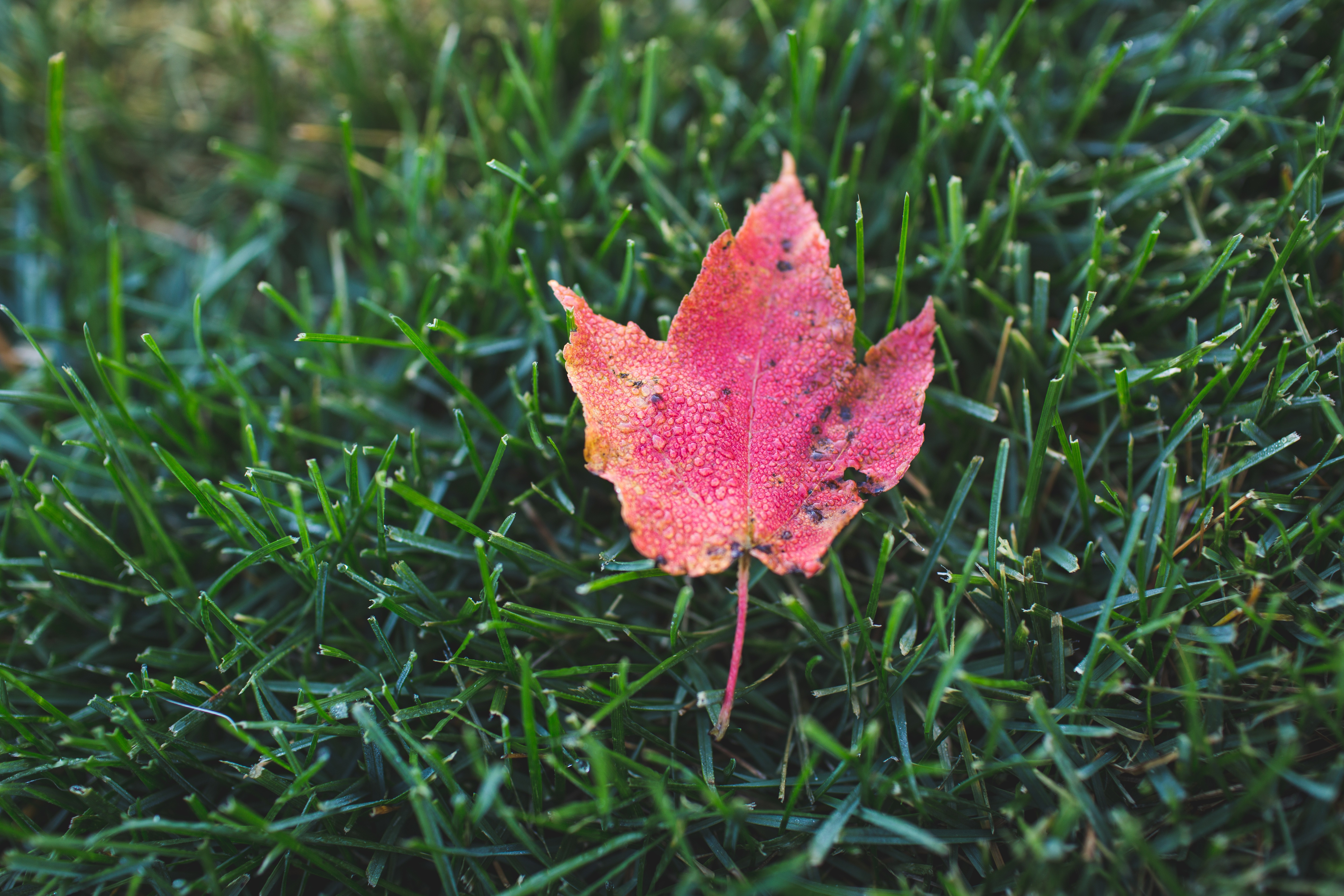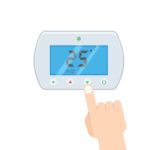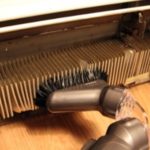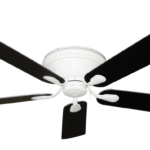
Fall Property Maintenance
Summer has ended and Fall is in full effect across Canada. Fall is the best time to prepare for the coming cold weather, even if most of us don’t want to think of Winter yet! Here are some tips for fall maintenance whether you live in an apartment, townhome or house:
- Safety first. The batteries in smoke and carbon monoxide detectors should be replaced annually with the devices being tested regularly. To clean dust from a device, open the cover and gently vacuum. It is important to check that the devices have not expired. To find out how old your devices are and their expiration date, simply look on the back of the device where the date of manufacture is marked. The typical lifespan of a smoke alarm is 10 years from the date of manufacture (not the date of purchase) however some models may last as little as 5 years. More information regarding smoke and carbon monoxide detectors can be found here.
- Get rid of the dust and debris. Clean your furnace vents and baseboard heaters with a vacuum to ensure the best airflow. If you have baseboard heaters, ensure furniture does not block them and heat can circulate in the room. Dryer vents also require cleaning on a regular basis to prevent lint build up which is a serious fire hazard. You may opt to have your furnace and dryer vents cleaned by a professional.
- Turn on the heat. Before the temperature dips, you’ll want to ensure your heating is working. If you have hydronic baseboard heaters, you may need to check with your Property Manager as to when the building’s boilers will be turned on. If you have a furnace, Fall is great time to have your it professionally inspected and serviced. If you have a furnace, check your air filter. It is recommended that they are changed every 3 months however certain factors (like having furry pets) can result in the need to change them more often. If you don’t have one already, Fall is great time to upgrade your thermostat to a programmable version. Many Provincial and Municipal governments in Canada are offering incentives to make your home more energy efficient such as upgrading to a programmable thermostat.
- Deal with any drafts. If you have a door on the exterior of the property, check that all the weather stripping is in place including the door sweep if applicable. Make sure your windows and doors close completely.
- Start the fireplace. Just like your traditional heating system, it is important your fireplace is inspected and serviced by a professional. Where applicable, chimney cleaning is recommended at least once year but may be needed more frequently depending on your usage of the fireplace.
- Change the direction of your ceiling fan. In colder months, the fan direction should be counter clockwise so that it forces warmer air down into the room.
- Turn off the outside water. The line to your exterior water spigot can be damaged or cause flooding if water becomes frozen within the line. The water should be shut off from the valve inside your home (typically in the basement) with excess water being drained from the spigot outside before it is closed. It may also be beneficial to inspect water shut offs, faucets and other plumbing throughout your home for leaks or drips that require repair. A leaky faucet that drips at the rate of one drip per second can waste more than 3,000 gallons per year!
Addressing these issues in Fall before the temperature dips below freezing can save you the time and money involved with emergency repairs.
We hope you enjoy the Fall season!


